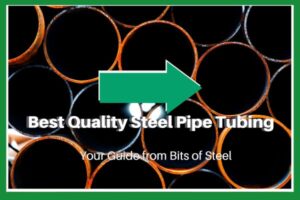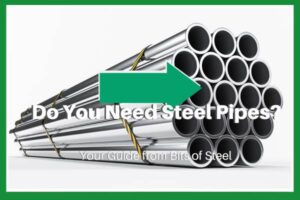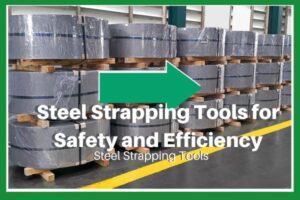The world of steel pipe manufacturing is undergoing a transformation, thanks to groundbreaking innovations that promise enhanced quality and durability.
These advancements are not just elevating industry standards but are also steering the sector towards a more sustainable future.
The Advent of Advanced Steel Alloys
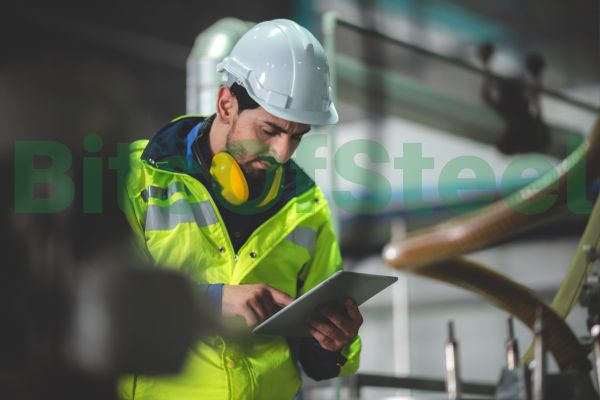
The development of advanced steel alloys marks a significant step forward in steel pipe manufacturing.
These alloys are tailored to improve specific characteristics of steel such as strength, corrosion resistance, and high-temperature resilience.
By integrating various alloying elements like chromium, nickel, manganese, molybdenum, and vanadium, manufacturers are able to produce steel pipes that cater to the rigorous demands of diverse industries ranging from automotive and construction to aerospace and energy?
Key Properties of Advanced Steel Alloys
- Enhanced Strength: One of the primary goals in developing advanced steel alloys is to boost their strength, making them suitable for construction, transportation, and manufacturing applications where robust materials are essential.
- Corrosion Resistance: Advanced alloys are engineered to resist corrosion, a critical factor for applications exposed to harsh environments. This longevity is particularly beneficial in reducing maintenance and replacement costs.
- High-Temperature Resilience: Certain steel alloys are designed to maintain their structural integrity even under extreme temperatures, making them ideal for aerospace and industrial applications.
- Sustainability: The recyclability of steel alloys plays a significant role in promoting sustainability, helping to conserve resources and reduce environmental impact.
Innovations in Welded Steel Tubes and Seamless Pipes
Bits Of Steel in Australia is at the forefront of these innovations in the steel pipe manufacturing industry.
They have been implementing cutting-edge technologies in the manufacturing of various types of steel pipes, including galvanized tubes, fire protection pipes, and cement-lined steel pipes.
These advancements in technology are not just about improving the quality and durability of the pipes but also about ensuring they meet the changing needs of various industries, including construction and infrastructure.
The Impact on Industry and Environment
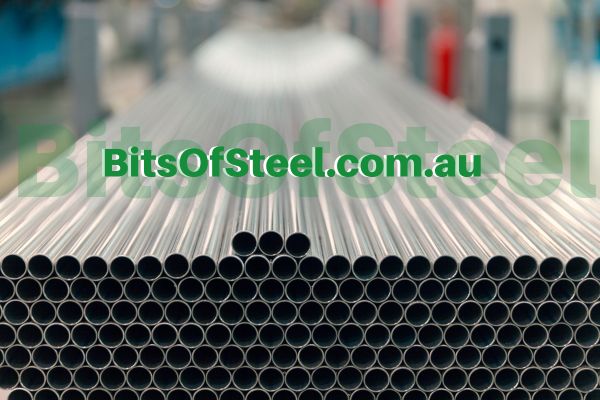
These innovations in steel pipe manufacturing have far-reaching impacts.
They not only provide stronger, more durable materials for construction and other industries but also contribute to environmental sustainability.
The development of lightweight yet strong steel alloys aids in improving fuel efficiency in transportation, thereby reducing greenhouse gas emissions.
Additionally, the focus on recyclability aligns with global efforts to conserve resources and minimize environmental footprints.
Conclusion
The future of steel pipe manufacturing looks promising with these innovations.
As the industry continues to embrace new technologies and sustainable practices, it is set to offer more efficient, durable, and eco-friendly solutions.
These advancements are not just a boon for the steel industry but also for the myriad sectors that rely on high-quality steel pipes for their operations.
For more in-depth information on the latest trends and innovations in steel pipe manufacturing, visiting specialized industry websites and reading market reports can provide valuable insights into this evolving field.


